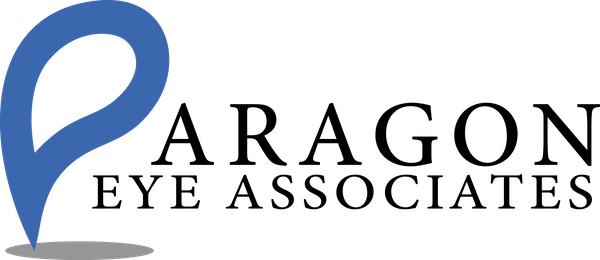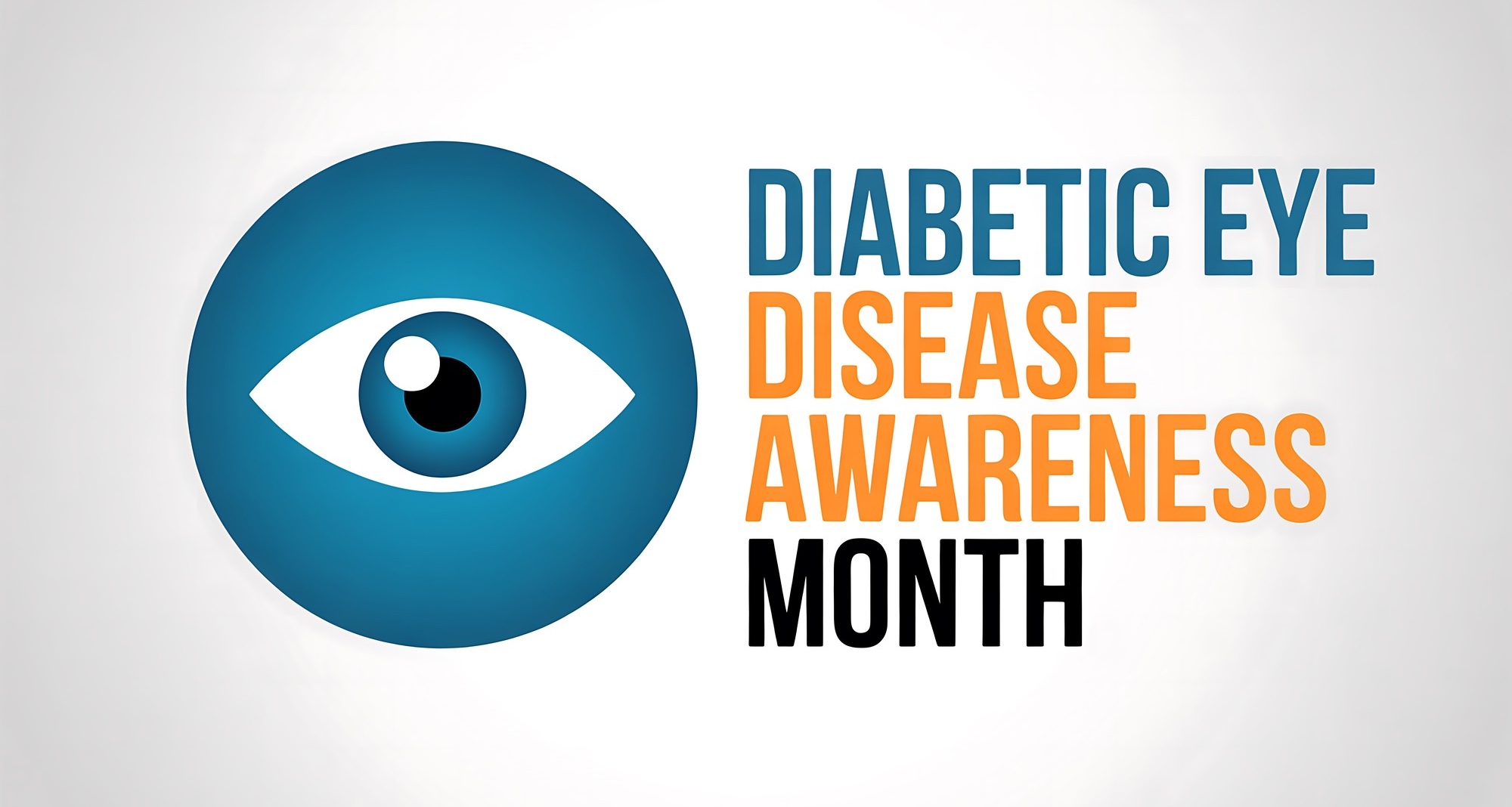What Is Diabetic Eye Disease?
When you hear “diabetic eye disease,” it’s not just one condition; it’s an umbrella term that includes several serious eye problems that can affect people with diabetes.
The most common among these is diabetic retinopathy, which occurs when high blood sugar levels damage the blood vessels in the retina. Over time, those damaged vessels may leak fluid, swell, or close off entirely. New, fragile vessels may also grow, increasing the risk of vision loss.
Other related eye issues include:
- Diabetic macular edema (DME): Fluid accumulation in the central retina (macula), causing swelling and blurry vision.
- Cataracts: People with diabetes tend to develop cataracts earlier than others, as elevated blood sugar levels can lead to changes in the eye’s natural lens.
- Glaucoma: Having diabetes increases your risk of elevated intraocular pressure and optic nerve damage.
Without timely detection and treatment, these conditions can progress to irreversible vision loss or blindness.
Statistics That Highlight the Risk of Diabetic Eye Disease
- About one-third of people with diabetes may develop signs of diabetic retinopathy at some point.
- Diabetic retinopathy is a leading cause of vision impairment among working-age adults in the U.S.
- Despite guidelines recommending a dilated eye exam once per year, fewer than two-thirds of diabetics actually visit an eye specialist each year for screening.
- Among younger patients and adolescents with diabetes, the rate of proper screening is even lower—many miss the opportunity for early detection.
These numbers emphasize that diabetic eye disease often progresses silently, without noticeable symptoms until significant damage has occurred. That’s why screening is so critical.
What You Can Do This November (and Always)
During Diabetic Eye Disease Awareness Month, consider making eye health a priority with these steps:
- Get your annual dilated eye exam. Early detection is key. A dilated retina exam allows your eye doctor to see the back of your eye clearly and identify signs of damage before they worsen.
- Manage your blood sugar, blood pressure, and cholesterol. Keeping these factors under control slows the onset and progression of diabetic eye changes.
- Avoid smoking. Smoking worsens blood vessel damage and increases risks for diabetic eye disease and other health complications.
- Stay active and healthy overall. Exercise, a good diet, and regular health checkups all support eye health as well as overall wellness.
- Follow up diligently. If your eye doctor recommends more frequent exams, treatments, or referrals to a retina specialist—follow them. Timely intervention can make a major difference.
Detect Diabetic Eye Disease at Paragon Eye Associates
At Paragon Eye Associates, we provide comprehensive eye exams in the Arlington and Mansfield, TX areas, including specialized screening to detect signs of diabetic eye disease early. If you (or someone you know) have diabetes—or even just risk factors—don’t wait. Please fill out the form below or call us to schedule:
- Arlington Office: (817) 277-6433
- Mansfield Office: (817) 477-0223
Let this November be the month you take control of your eye health, and protect your vision for years to come.


